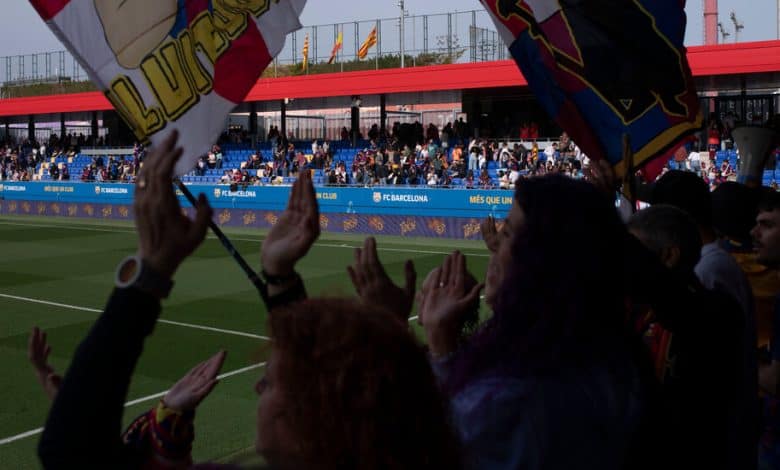The Capital of Women’s Soccer

A little more than an hour before the game begins, the gates outside the Johan Cruyff Stadium swing open and a thousand or so fans rush inside. Some scurry to the turnstiles. Others wait patiently at the merchandise stalls, anxious to buy a jersey, a scarf, a commemorative trinket.
The busiest and longest line, though, forms outside a booth offering fans the chance to have a photo taken with their heroes. Within a couple of minutes, it snakes all the way back to the entrance, populated by doting parents and spellbound preteens hoping they arrived in time.
They have come to see the most dominant women’s soccer team on the planet. Barcelona Femení has been Spanish champion every year since 2019. It has not lost a league game since last May, a run during which eight of its players also lifted the Women’s World Cup. On Saturday, the team can win its third Women’s Champions League title, which crowns the best professional team in Europe, in four seasons.
That success has turned the team’s standouts into global stars and the club into what often seems like a juggernaut. It has also transformed Barcelona, and the broader region of Catalonia, into the global heartbeat of women’s soccer, a case study in what happens when the women’s game wins the same prominence as the men’s.
On the city’s streets, jerseys bearing the name of Alexia Putellas or Aitana Bonmatí, Barça Femení’s biggest stars, are just as common as those with the names of an icon of the men’s team. And on the region’s soccer fields, a boom is playing out, with what was once a male-dominated space now awash in women and girls.
